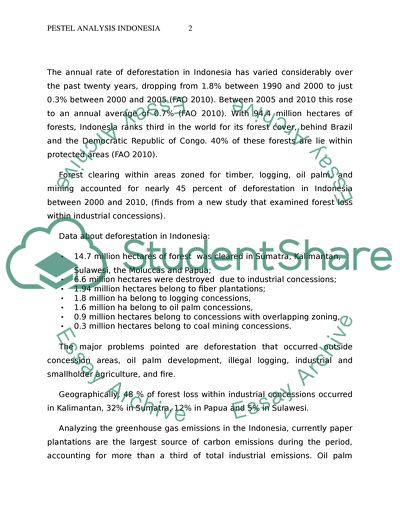Cite this document
(“PESTEL Analysis Indonesia Essay Example | Topics and Well Written Essays - 1250 words”, n.d.)
Retrieved from https://studentshare.org/journalism-communication/1683757-pestel-analysis-indonesia-complete-my-paper
Retrieved from https://studentshare.org/journalism-communication/1683757-pestel-analysis-indonesia-complete-my-paper
(PESTEL Analysis Indonesia Essay Example | Topics and Well Written Essays - 1250 Words)
https://studentshare.org/journalism-communication/1683757-pestel-analysis-indonesia-complete-my-paper.
https://studentshare.org/journalism-communication/1683757-pestel-analysis-indonesia-complete-my-paper.
“PESTEL Analysis Indonesia Essay Example | Topics and Well Written Essays - 1250 Words”, n.d. https://studentshare.org/journalism-communication/1683757-pestel-analysis-indonesia-complete-my-paper.


